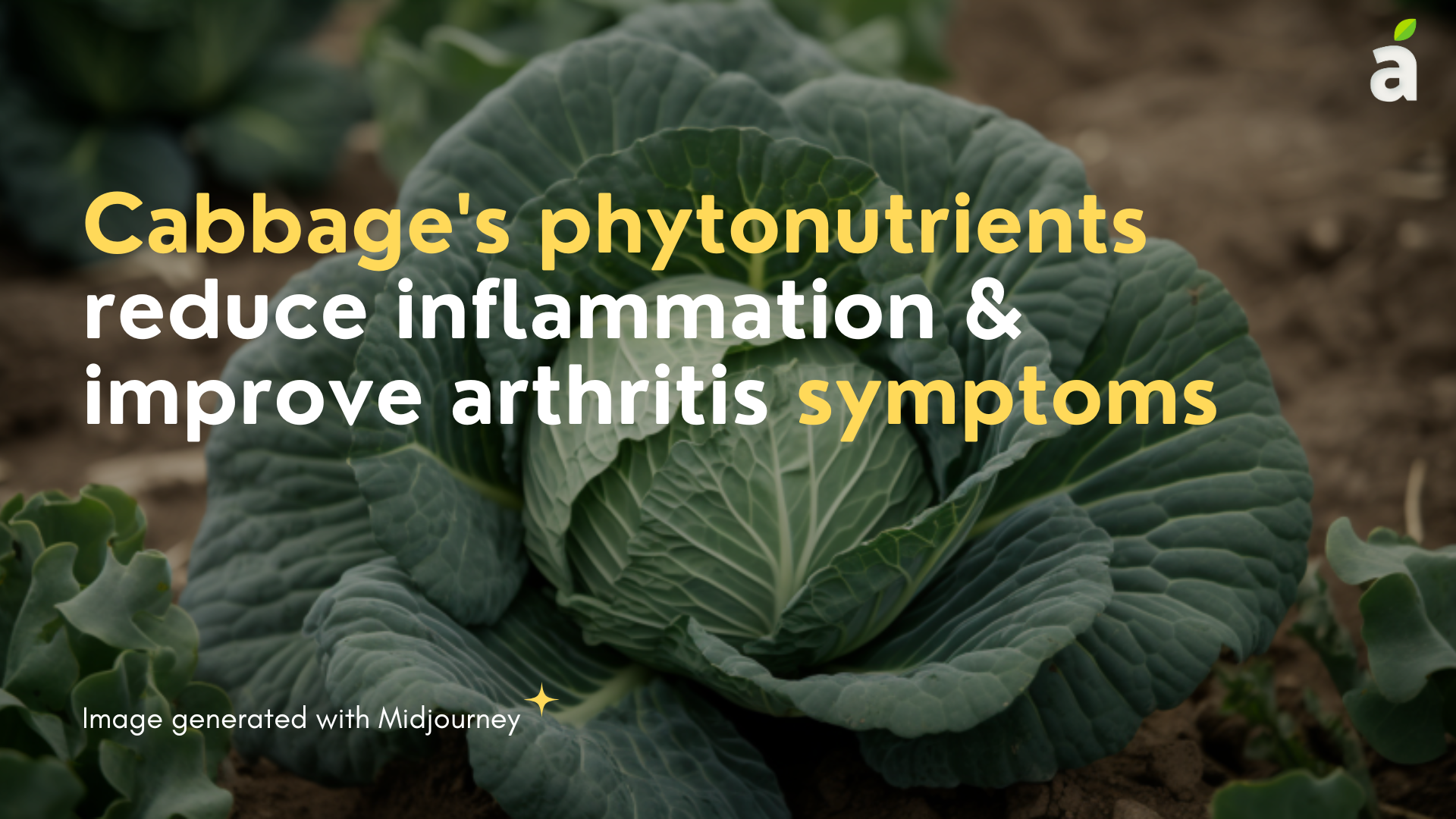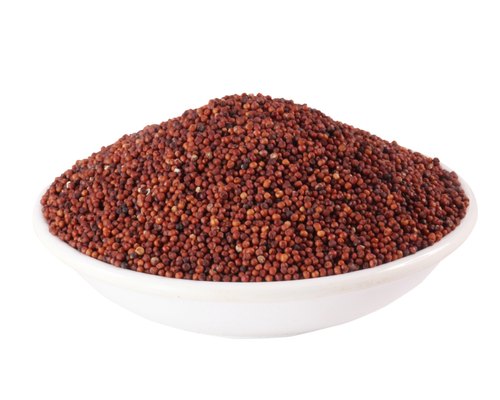Published Date January 24, 2003
Lactose intolerance ‚It's normal, not a disease
By Arpita Sudev
5 min read
Last update date: May 07, 2024
All about Lactose intolerance, dairy products and calcium.

What if you consumed milk before stepping out and later heard your stomach making noises? It could be indigestion from overindulgence in food or it could be lactose intolerance. About 65% of the adult human population has this type of lactose intolerance. Infants with lactose intolerance cannot digest lactose properly and it remains undigested in their intestines. The build-up of lactose attracts water which produces watery feces (poo) causing diarrhoea.
The inability to fully digest sugar (lactose) from dairy products
The human body needs to digest food to extract vitamins and minerals. Milk sugar, aka lactose and milk proteins, aka casein or whey proteins, need to be broken down to be digested. However, not everyone digests milk or protein as they should.
Lactose intolerance is usually caused by a deficiency of an enzyme in the body called lactase. Lactose intolerance starts developing earlier in life and gets stronger as you grow up because your body reduces or eliminates the production of lactase.
So basically, Lactose intolerance occurs when your small intestine doesn’t produce enough of an enzyme (lactase) to digest milk sugar (lactose).
Symptomatic reactions for the intolerant
Within 30–90 minutes of consumption of dairy products, your body may start showing signs & symptoms of intolerance. The lactose that doesn’t get broken down goes on to the colon, where it mixes with bacteria and ferments causing gas, bloating, cramps, uneasiness, and diarrhea.
The symptoms can be uncomfortable and maybe embarrassing but they’re not dangerous. Most of you can manage the symptoms by changing your diet and limiting the amount of lactose you consume. Some do better by cutting lactose out of their diet altogether.
If you’re getting too much dairy and your body is reacting, you should reduce or eliminate your consumption of dairy altogether. Most cases that develop in adults are inherited and tend to be lifelong, but cases in young children are often caused by an infection in the digestive system and may only last for a few weeks.
There are two clinical methods/tests for adults to detect
Breath Test: This will show if you have high levels of hydrogen when you exhale. If you do, you might be lactose intolerant, because hydrogen is released when lactose is broken down in the colon. The hydrogen gets taken by the blood up to your lungs and comes out when you exhale.
Blood Test: This test takes a sample of your blood to see how your body reacts after you drink something with a lot of lactose. A urine test or stool sample test is also carried out by doctors for children.
Living with lactose intolerance
The most successful and healthy approach to coping with lactose intolerance is to first avoid all dairy products. If you’re a big fan of milk and dairy products, try experimenting by consuming in small amounts or taking in between meals with other foods. This slows the digestive process and may lessen symptoms of lactose intolerance.
Prefer and buy lactose-reduced or lactose-free products. Supplements that have lactose-digesting bacteria (Lactaid, Lactrase among others) can be taken as tablets or added to foods. Milk products to which lactrase (the enzyme) has been added may contain little or no lactose (the sugar), yet they may taste sweeter than untreated products because the milk sugar has already been broken down.
Substituting plant-based milk in place of cow’s milk can also be helpful. Soy, rice, coconut, almond, and other nut milk and ice creams are sold at most grocery stores. The safer levels of lactose can be up to 12 g of lactose at once (about 250 ml of milk). Up to 24 g of lactose spread out across the day (about 500 ml of milk) does not cause issues for most people.
This means that most lactose-intolerant people can eat a certain amount of dairy products without noticing any symptoms. It is important to spread this amount throughout the day rather than eating it in one go.
Here are some tips to maintain good nutrition
Reducing dairy products doesn’t mean you can’t get enough calcium. Calcium is found in many other foods, such as broccoli, brussels sprouts, betel leaves, calcium-fortified products, such as bread and juices, canned salmon, milk substitutes, such as soy milk and rice milk, oranges, spinach, ragi.
Also make sure you get enough vitamin D, which is typically supplied via fortified milk. Eggs, liver, and yogurt also contain vitamin D which can compensate for the daily need.
Lactose intolerance can be developed at any age. There are four main types of lactose intolerances:
- Primary
- Secondary
- Congenital
- Developmental
Primary Lactose intolerance: It is the most common and inherited type of intolerance. In this, a child’s body decreases the production of lactase with age which causes poor absorption of lactose in the gut. This generally occurs after the age of 2.
Secondary Lactose intolerance: It occurs when lactase production decreases due to some disease, post-surgery of the small intestine, or taking certain medications. Reduced lactase levels can be restored by treating the causative factor. Chemotherapy for cancer treatment, a long course of antibiotics, gastroenteritis — an infection of the stomach and intestines, coeliac disease, Crohn's disease, and ulcerative colitis are also some causes of lactose intolerance.
Congenital Lactose Intolerance: It’s a rare condition that runs in families and is found in newborn babies. It’s caused by an inherited genetic fault that means affected babies produce very little or no lactase.
Developmental Lactose intolerance: It is typically temporary and detected in some babies born prematurely, even before their small intestine is fully developed. Usually, these babies recover from intolerance as they grow older.
Takeaway
Lactose intolerance is caused by the deficiency of an enzyme in the body called lactase. For people with lactose intolerance, dietary restrictions become more severe. Although caplets or tablets of lactase are available to be consumed with milk-containing foods. No wonder calcium deficiency is common among lactose-intolerant people which may increase the risk and severity of osteoporosis, resulting in bone fractures. It is therefore important, to supplement their diets with calcium and vitamin D.
References
- https://medlineplus.gov/genetics/condition/lactose-intolerance/#:~:text=Approximately%2065%20percent%20of%20the,people%20affected%20in%20these%20communities.
- https://www.niddk.nih.gov/health-information/digestive-diseases/lactose-intolerance/definition-facts
- https://worldpopulationreview.com/country-rankings/lactose-intolerance-by-country
- https://timesofindia.indiatimes.com/life-style/health-fitness/diet/60-per-cent-of-indians-suffer-from-milk-intolerance-and-many-dont-even-realise-it/photostory/75807121.cms
Keep reading

Calcium-rich food options that are lactose-free
All about lactose free food, vitamin D, coconut milk and calcium.
By Arpita Sudev

Constipation: A Hard Truth
All about food, water, fibre-rich foods and constipation
By Arpita Sudev

A rainbow that harms!
Food manufacturers prefer using dyes to enhance the colour of their food products. However, colours are not as beneficial to our health.....
By Hetvi Shah

Cabbage: A Cruciferous Wonder
By Naurin Ansari
Related Items
Choose Healthy With Us.
Know the real truth about your food. Stay informed and healthy, for free.

Download the App Now
Certified nutritionists trust our food recommendations. Safe to say, so can you :)


















